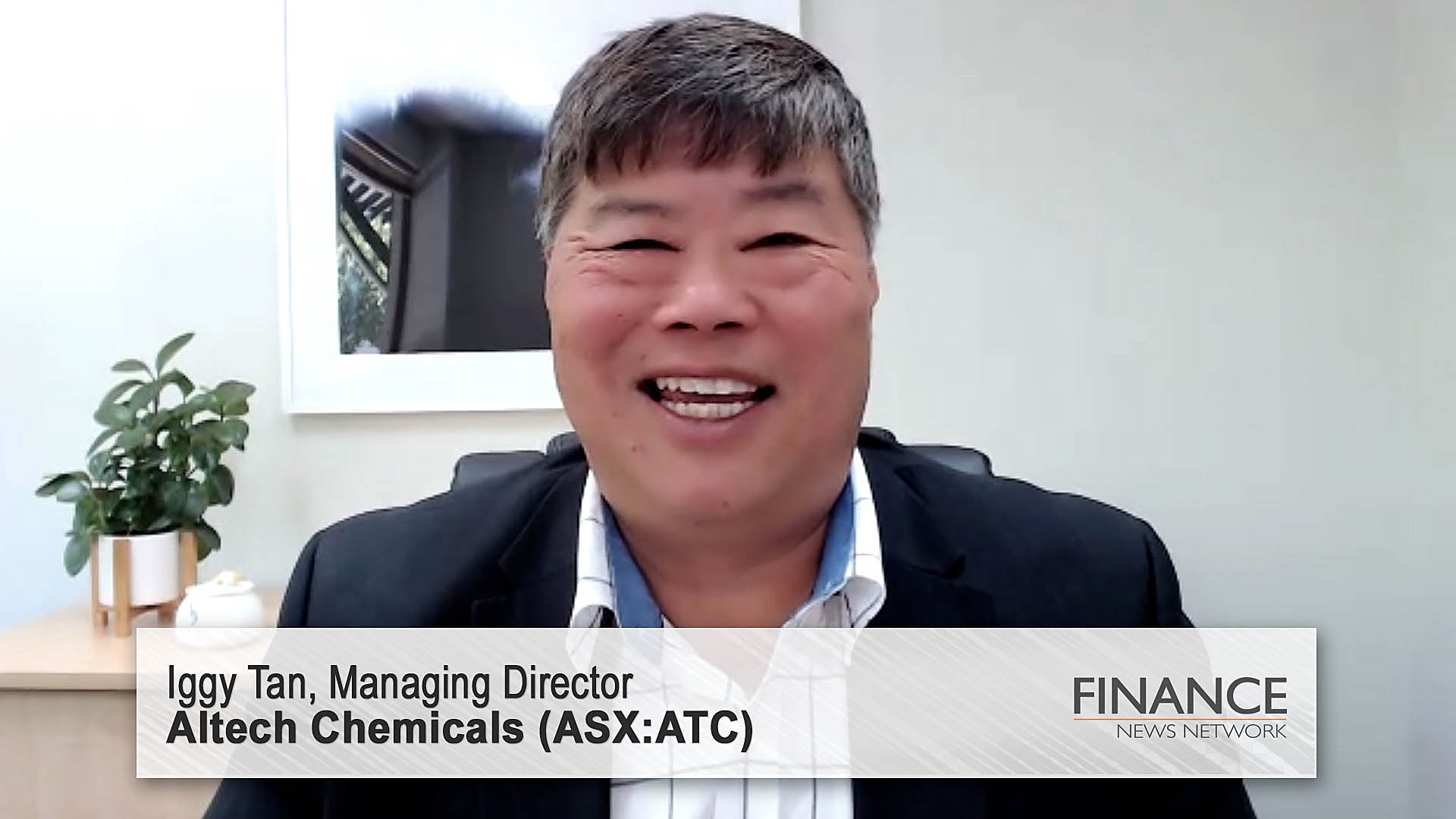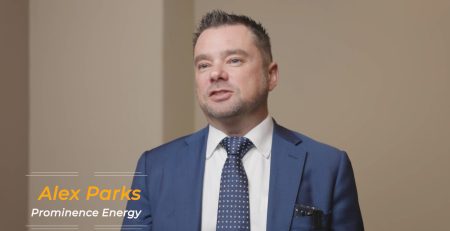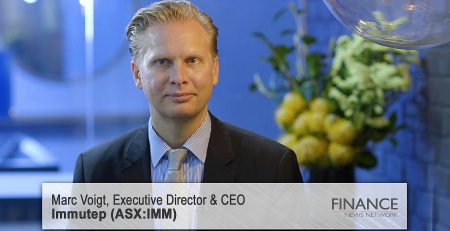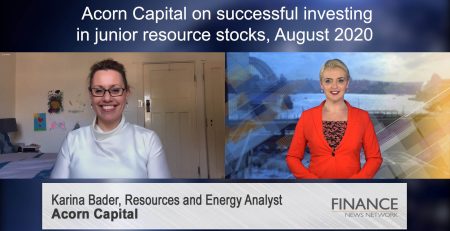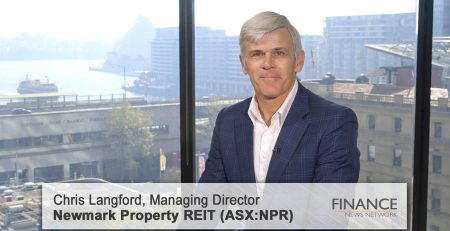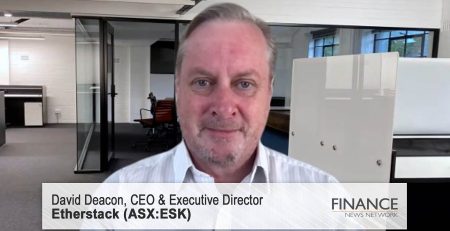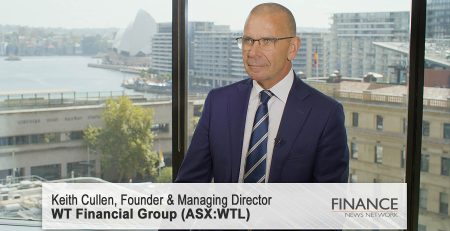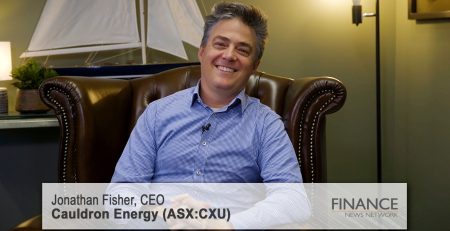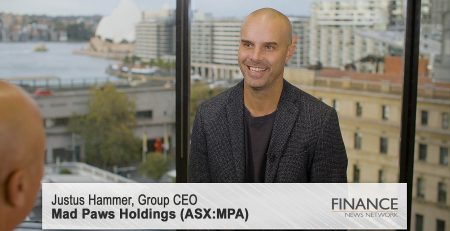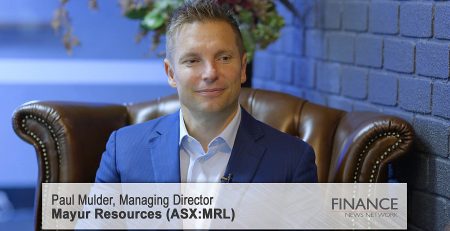Altech Chemicals (ASX:ATC) achieves 30% higher energy density anode in lithium-ion battery
Altech Chemicals Limited (ASX:ATC) Managing Director Iggy Tan discusses the cracking of the "silicon barrier" in order to significantly increase the energy retention and capacity of lithium-ion batteries for electric vehicles.
Lauren Evans: Hi. This is Lauren Evans for the Finance News Network. Joining me today is Managing Director of Altech Chemicals (ASX:ATC) Iggy Tan. Good afternoon, Iggy.
Iggy Tan: Good afternoon, Lauren. Thanks for having me.
Lauren Evans: Welcome back to the network. Altech Chemicals has some news that appears to be a game changer for lithium batteries. Could you start by refreshing our viewers' minds on the key problems the lithium-ion battery industry has been facing?
Iggy Tan: Tesla is probably setting the vision for lithium-ion batteries. And, in their recent Battery Day, they announced the increased use of silicon in their batteries to give a step-change in costs and an increase in energy density. Silicon is a very promising anode material. As Elon Musk said, it has 10 times the energy capacity compared to graphite. Now, there are a couple of problems that stop lithium being incorporated in the lithium battery today. The first problem, Lauren, is that silicon expands 300 per cent in volume during lithiation and actually fractures. The second problem is that silicon has a 50 per cent first-cycle loss. So, essentially, when you first charge the battery, silicon absorbs 50 per cent of the lithium in the battery and makes it inactive. And many, many companies have been trying to resolve this problem.
Lauren Evans: So, 12 months of research work has resulted in the breakthrough using your proprietary technology. Can you explain the process behind your breakthrough?
Iggy Tan: Thanks, Lauren. We have incorporated our high-purity alumina coating technology. So, essentially, what we do is we coat graphite and silicon particles with a two nanometer layer of alumina coating, so a very thin layer of alumina coating. And what it does, it resolves that fracturing problem, as well as it resolves that first-cycle loss problem. So, by coating it, it stops lithium from absorbing onto the silicon particle and it resolves those two problems.
We've now used that technology, we've coated the materials, we put it in batteries. And recently we announced the very exciting news that we have produced 30 per cent higher energy density lithium-ion batteries, all in our laboratories in Perth, Western Australia.
By adding 10 per cent silicon in your lithium-ion battery, the distance that a car would travel, electric vehicle would travel, it's nearly double. If you add 20 per cent of silicon, it resolves those problems, the vehicle can travel three times the distance on a single charge. And 30 per cent silicon, just 30 per cent silicon in your lithium battery, can allow that vehicle to travel four times the distance on a single charge. So for the EV industry, they don't need to give you 1100 kilometres on a single charge when you're travelling around the city. They will downsize the battery, and the weight of the cars can come down, which then means a step-change in the cost of the lithium-ion battery in an electric vehicle.
Lauren Evans: So, you are conducting a feasibility study for the construction of a battery materials plant in Germany. How will this place Altech in the global marketplace?
Iggy Tan: It's fair to say that the story about the lithium-ion battery has been about Japan, Korea and China in the past decades. Our belief is that the story for the lithium-ion battery will be about Europe in the coming decades, all driven by CO2 emission regulation. And I'm sure you know that all the European car manufacturers have already announced that they will go all electric by 2033. So, you won't be able to buy an ICE car in Europe, they're all electric. And what the EU has said, that they want to have all the materials to come from within Europe. So, battery plants, raw materials, etc, to be sourced within Europe. And that's why we're very focused in Europe and our plant to be built in Saxony in Germany to service this market.
Lauren Evans: Well, Iggy, thank you for your time, and congratulations on the breakthrough.
Iggy Tan: Thanks for having me, Lauren.
Ends
Copyright 2021 – Finance News Network
Source: Finance News Network

